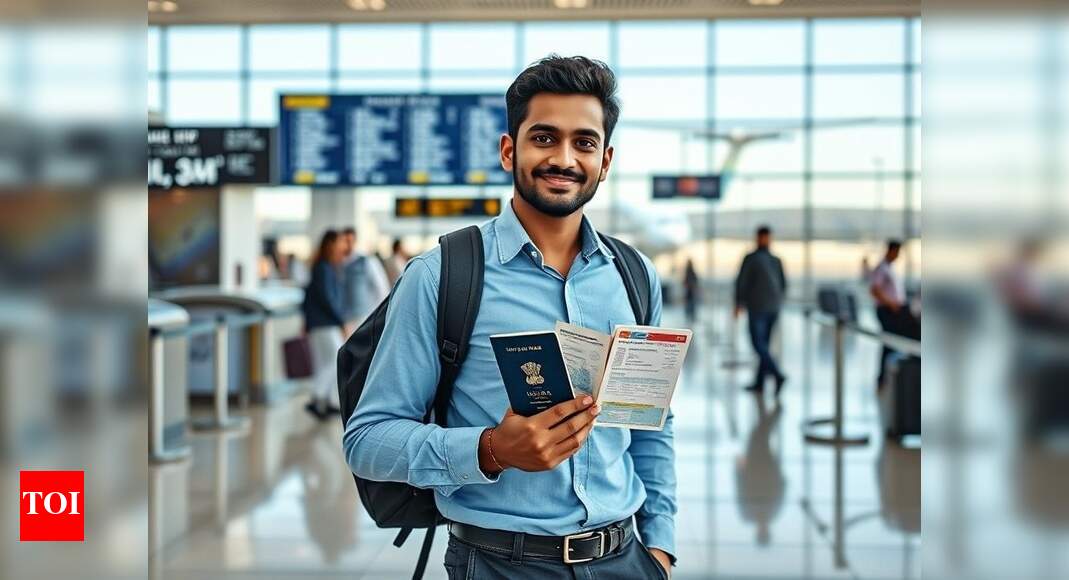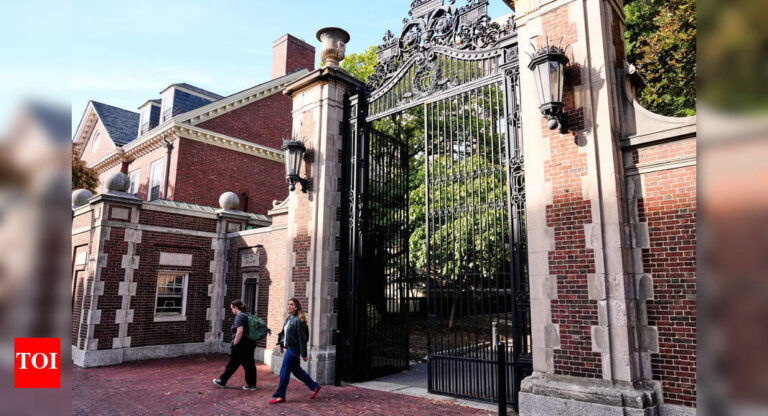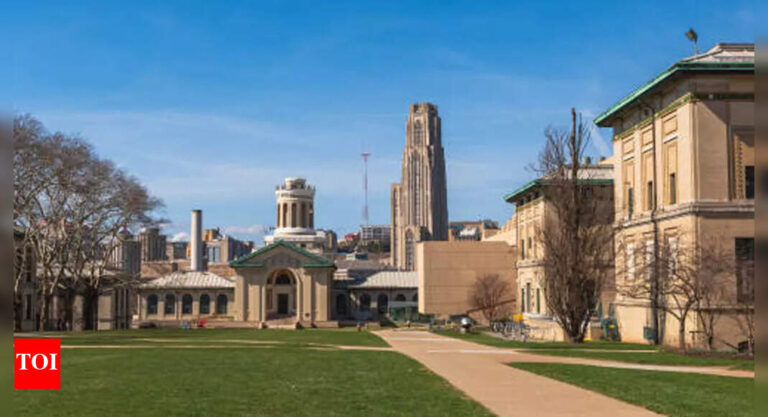
The number of international student arrivals to the US dropped significantly this August, with China receiving more than double the number of student visas compared to India. Preliminary data released by the National Travel and Tourism Office indicates a 19% year-on-year decline in total international student arrivals during the peak month of August.This decline is being seen amid increased visa scrutiny under the Trump administration. The drop is most pronounced among students from Asia, Africa, and the Middle East. The data includes both new and returning students, although many who were already in the US reportedly avoided travelling abroad over the summer due to concerns about visa re-entry.Visa approvals fell sharply for India, surged for ChinaIn August alone, 86,647 student visas were issued to students from mainland China, more than double the number issued to Indian students. As reported by the Associated Press, Indian student visa approvals dropped by 44.5% year-on-year. India, which had been narrowing the gap with China in recent years in terms of student numbers, experienced the largest proportional decline among major source countries.The data also shows a 33% decline in student arrivals from Africa, 24% from Asia, and 17% from the Middle East. India, the top sender of students to the US in recent years, saw a particularly sharp drop of 45%, while Chinese student arrivals remained comparatively stable.Visa pause and travel bans caused disruptionA major disruption came in late May when the US State Department paused visa interview appointments for foreign students. Although interviews resumed three weeks later, new vetting procedures were introduced, including mandatory screening of applicants’ social media accounts. Clay Harmon, executive director of the Association of International Enrollment Management, said the timing of the pause had the “maximum possible impact” on student visa issuances for the autumn semester, as reported by the Associated Press.In June, the Trump administration also introduced a travel ban affecting 19 countries, many of which are in Africa, Asia, and the Middle East. According to the Associated Press, these regions subsequently recorded the largest declines in student arrivals.Students and families cite political climate and costHigher education consultants have noted growing reluctance among families to pursue US university admissions. Zeynep Bowlus, a consultant based in Istanbul, told the Associated Press that many families are now sceptical about the value of a US degree and are discouraged by rising tuition fees and uncertain immigration policies.One affected student, Sara, an Iranian graduate admitted to the University of Iowa for a fully funded PhD, deferred her place after visa delays and the newly announced travel ban. Speaking on condition of partial anonymity, she told the Associated Press she has begun applying to universities in Germany instead.Global shift in student preferences observedWith student visa uncertainties in the US, countries like the United Kingdom and regional universities in Asia are witnessing increased interest from international applicants. Elisabeth Marksteiner, a higher education consultant in Cambridge, told the Associated Press that families should now approach US university admissions with caution and always prepare a backup plan.While international student enrolment had been recovering post-Covid-19, the new data suggests a reversal, driven by visa barriers and evolving global student mobility patterns.








